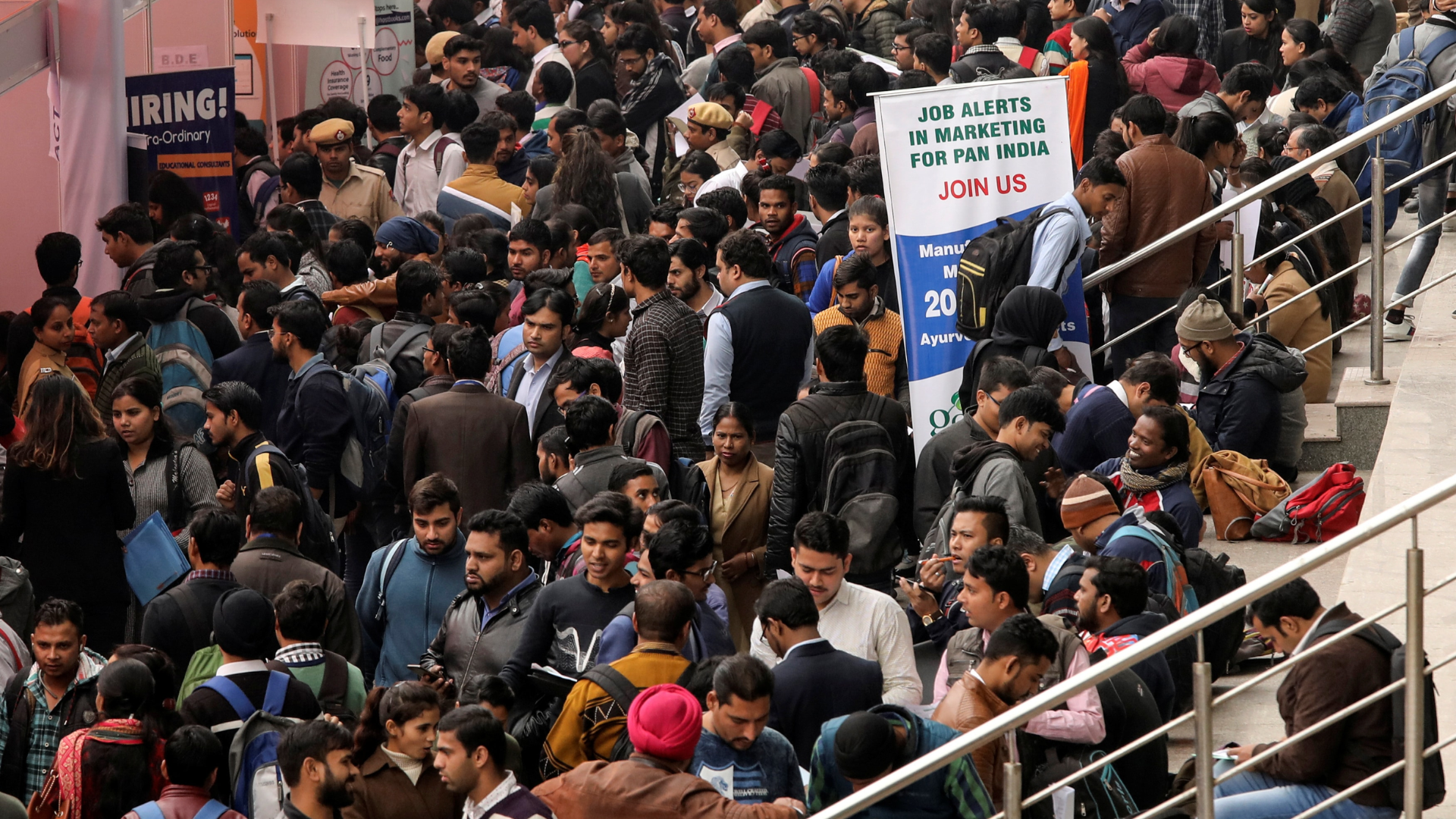Unemployment, a crucial economic indicator, has been a subject of significant concern globally, with its ramifications stretching across various sectors of society. In India, the measurement and analysis of unemployment rates serve as vital tools for policymakers and economists to gauge the health of the economy and design appropriate interventions.
Joblessness, often referred to as the unemployment rate, is defined as the proportion of unemployed individuals in the labor force. Recently released data from the National Sample Survey (NSSO) sheds light on the urban unemployment landscape in India, providing insights into the trends and dynamics of joblessness in urban areas.
According to the NSSO’s 22nd Periodic Labour Force Survey (PLFS), the unemployment rate for individuals aged 15 years and above in urban areas witnessed a slight decline to 6.7 per cent in the January-March period of 2024, compared to 6.8 per cent in the previous year. This subtle decrease indicates a marginal improvement in employment opportunities within urban centers.
Furthermore, the PLFS data reveals interesting gender-specific trends in urban unemployment. Among females aged 15 years and above, the unemployment rate experienced a notable decline from 9.2 per cent in the same quarter of the previous year to 8.5 per cent in January-March 2024. Conversely, the unemployment rate among males in urban areas saw a marginal uptick to 6.1 per cent during the same period, compared to 6 per cent in the previous year.
The data also highlights variations in labor force participation rates (LFPR) among different demographic groups. In the Current Weekly Status (CWS) approach, LFPR for individuals aged 15 years and above in urban areas increased to 50.2 per cent in January-March 2024, indicating a higher level of engagement in economic activities compared to the same period in the previous year.
READ MORE : Assassination Attempt On Slovak Prime Minister: Unveiling The Identity Of The 71-Year-Old Shooter
It is important to note that the NSSO’s PLFS provides valuable insights into various labor force indicators, including unemployment rate, worker population ratio (WPR), LFPR, and distribution of workers by employment status and industry of work. These indicators offer a nuanced understanding of the urban employment scenario, facilitating evidence-based policy formulation and intervention strategies.
The NSSO’s quarterly bulletin, based on the PLFS, serves as a crucial resource for policymakers, researchers, and stakeholders, enabling them to track and analyze trends in urban unemployment over time. By leveraging this data, stakeholders can identify key challenges, assess the effectiveness of existing interventions, and tailor policies to address the evolving needs of urban labor markets.
the NSSO’s PLFS data provides valuable insights into the dynamics of urban unemployment in India, offering a comprehensive understanding of employment trends and labor market dynamics. By harnessing this data effectively, policymakers can work towards fostering inclusive and sustainable urban development, ensuring equitable access to employment opportunities for all segments of society.





